#c: catalonia
Explore tagged Tumblr posts
Text
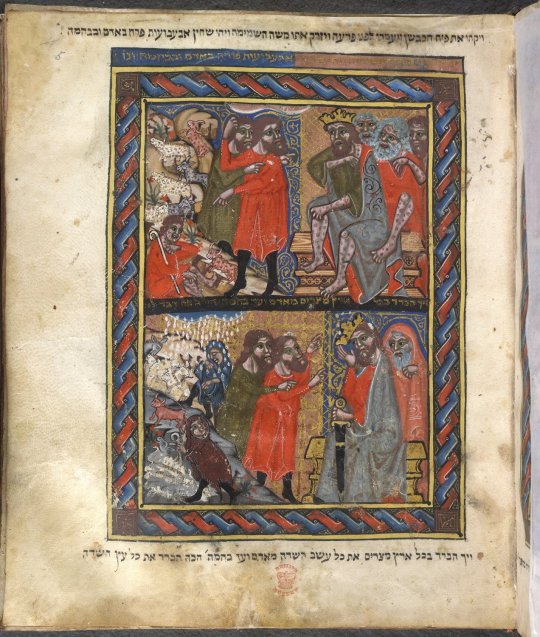
Folio 5 recto (The 6th & 7th plagues), the Brother Haggadah
#manuscript#illuminated manuscript#brother haggadah#haggadah#c: catalonia#c: shephardi#l: hebrew#y: 1300s#t: page
31 notes
·
View notes
Note
For the love of god read some anarchist theory, your ignorance is painful
I used to be an Anarchist. I've probably read more theory than you. It's not my fault that A. It isn't very good B. ~90% of Self-Identified Anarchists don't read theory themselves and so the content of Anarchist theory has relatively little to do with the practice of the ideology itself C. Anarchism is generally incoherent as well as deeply metaphysical and idealist, so the conscious thoughts of Anarchists aren't a good way to understand the class interests at play any more than the conscious theory of any other Liberal. Like reading their theory (as opposed to learning about their actual practice) isn't especially useful anyway; a history of Catalonia or Makhnovia will teach you much more about Anarchism than 1000 pages of Bookchin or Kropotkin or Graeber ever could
283 notes
·
View notes
Text
Peering Inside a Hailstone

In spring and summer, major thunderstorms can include dangerous and destructive hailstones. In Catalonia, a group of scientists collected hailstones after a record-breaking 2022 storm, finding some as large as 12 centimeters across. (Image credit: T. Ribas; research credit: C. Barqué et al.; via New Scientist) Read the full article
31 notes
·
View notes
Text
A new record: temperatures are so high, that yesterday Gavarda (a town in the Valencian Country) registered the highest temperature ever recorded in Europe in January: 30.7°C (87.26°F). This would usually be the expected temperature in early May. The previous record was set in 2021 (29.8°C in Alacant). We are record after record, and it's not good.
This adds on the drought that the Catalan Countries have been suffering for 3 years. We have water use restrictions and many farmers have lost the harvests for months because they're not allowed to water the fields. And there's no prospect for generous rain any time soon. Experts have been warning that for every degree Celsius that temperatures rise in the Mediterranean region, annual rain will reduce by 4%, and since we're a region that is already naturally prone to summer droughts, this will mean 20% less water resources.
The Mediterranean region is one of the places in the Earth that heats the most because of climate change. There will be 40% more days with extreme heat (days with temperatures higher than 35°C=95°F), which will have effects on health, particularly on open-air workers, and will suppose a 17% decrease in agriculture produce. That is, without counting rising sea levels.
The Mediterranean region is inhabited by 400-500 million people, out of which 150 million live on the coast. Experts calculate that the sea will have risen 1 meter (it's not out of the question that it might have risen even more if polluting emissions aren't reduced) by the end of the century. Considering that 37% Mediterranean coast is very low, on sea level, this means that this rise of the Mediterranean sea will put about 42 million people in extreme danger. One of the first victims will be (and is already suffering the early effects) the Delta of the Ebro river, a mostly-agricultural area in the South of Catalonia which is also a Biosphere reserve due to its great biodiversity.
And some people still say climate change isn't real 🤦
#actualitat#climate emergency#climate change#mediterranean#coses de la terra#delta de l'ebre#gavarda#país valencià#climate#environmentalism#europe#sustainability#ecology#earth#global warming#climate crisis#weather#meteorology#world record
154 notes
·
View notes
Text
one of the most consistently weird phenomena not just in American politics but British politics and Western European politics, French politics, Spanish politics etc is a tendency to hate perceived white (sometimes) liberals and “centrists” (or people Labelled as that, this part of the local political spectrum) and defend rural conservatives or the conservatives in the “cool” or oppressed areas like Appalachia, Yorkshire, Andalusia, Catalonia etc etc as being the real and true working class or politically explicable in a way liberals are not. Like a) no you should hate conservatives more I’m sorry it’s that simple but b) it runs into bizarre phenomena when people try to invoke whiteness but forget that coasts and major cities in the U.S. and major central cities in Western Europe are in fact where the majority of POC live and c) a good part of the reason WHY leftists and liberals try to take centrist positions and appeal to the center so that they want or need the votes of those same rural conservatives and are trying to appeal to them! That’s why! You shouldn’t hate anyone or assume things based on region but my god talking about hating a candidate for not appealing to the (rural, conservative) working class while specifically complaining about the policy or phrases designed to do exactly that is so ridiculous
37 notes
·
View notes
Text
...yes, I fell down a tunnel of potential references in the name Perpetua instead of writing an email. shshh
cw: death mention
Perpetua, derived from Latin 'perpetuus,' means continuous, everlasting, and eternal. The name was often associated in ancient times with eternity and immortality (x)
It is most likely a reference to Saint Perpetua, a 3rd-century Christian martyr with child at the time, who wrote an account of her and other martyrs' imprisonment in Carthage in the Passion of Saints Perpetua and Felicity prior to their execution (x)

The martyrdom of Perpetua, Felicitas, Revocatus, Saturninus and Saturus from the Menologion of Basil II (c. AD 1000)
In the above account, Perpetua notes having several visions related to her and her fellow martyrs' fates. In one, she envisions herself as a man defeating a figure in battle, interpreted as battling wild beasts and/or the Devil. A narrator then describes the events leading up to their deaths, where their throats are cut. Prior to her death, Perpetua gives birth to a baby girl (x)
The feast day of Saint Perpetua was traditionally celebrated on March 7th in the Philocalian Calendar and remains a date of commemoration/remembrance in various churches. This commonly occurs during Lent, a time of reflection for the suffering Jesus faced during his death and ressurection (x, x)
She is a patron of mothers (incl. expectant mothers), ranchers, butchers, Carthage, and Catalonia (x)
#this era will be very fun no matter what direction he goes with#but yes you will find me sticking a magnifying glass over select details#the band ghost#papa v#papa perpetua#papa v perpetua
9 notes
·
View notes
Text

Inktober day 11: Vella Quaresma
Vella Quaresma, also known as Jaia Quaresma (in Mallorca) and Àvia Quaresma (in Menorca) is the representation of Lent in the Catalan Countries, her name translates literally to "Old Lady Lent" or "Grandma Lent".
Lent, in Christianity is the 40 day period between Ash Wednesday and Holy Thursday. It's a time of fasting and abstinence, mirroring the 40 days Jesus spent alone in the desert. In Catalonia it's tradition to not eat meat and instead eat fish, specially on fridays.
Vella Quaresma, as said before, is the representation of Lent and the opposite of "Rei Carnestoltes" (King Carnival), who's a character who presides all activities during Carnival just before Lent. While Rei Carnestoltes represents fun and transgression, Vella Quaresma represents abstinence and penitence.
Vella Quaresma is represented as an old woman dressed in common people's clothes with seven legs. She's normally holding either a) a cod and a basket full of chards, b) a cod in each hand, c) a cod and a skillet or d) seven "arengades" (sardines salted with brine). Her seven legs represent the seven weeks of Lent, and at the end of each week a leg is cut off.
#my art#inktober#inktober 2023#tintobre#mitologia catalana#catalan mythology#funnily enough there's Vella Quaresma on the list but not Rei Carnestoltes#poor guy cannot have fun#res de rauxa al tintobre només seny
71 notes
·
View notes
Note
hello! hope family outings are as good as they can be! for your consideration:
1. Write a scene from miss doris thalassia waters in another character’s POV (honestly just fascinated to get a glimpse into marc's mind!)
10. Is there a character or ship you'd love to write for, but haven't yet?
34. What is your favorite fic to get comments/messages on?
hii, it's going a little better than i thought it'd, so small victories!
Write a scene from miss doris thalassia waters in another character’s POV
(oooooooh boy. that was tough. mdtw's marc was never meant to be a POV character at all and i struggled to go there but here it is)
Dovi says those things sometimes.
Like the average sea temperature in Catalonia in May will be 17.7°C when you get there, so we have to warm up your tank to get you used to it again before realizing it sounded close to gibberish. Or, with a smile, small and unthreatening, the way Marc learned humans do, sometimes—you’ll be strong enough for an open sea swim in a few weeks, before correcting himself, counting the moons.
Dovi talks a lot. Marc has gone through years without caring for the finer points of human language, but it’s sort of impossible to ignore it with Dovi, who talks and talks and talks. About what they’re doing today, and why, and if Marc can tell him how he’s feeling.
“Are you excited?” Dovi asks.
Marc traces the shape of the words with his mouth. Excited. Something twists inside his chest, with teeth. He shouldn’t say it, probably. Dovi doesn’t feel like the type to twist the knife, and yet—
“Yes,” he answers, flatly, clumsily.
Dovi laughs, with a small, close-mouthed smile—unthreatening. “Yeah. Me too.”
This is the worst of the things that Dovi says. Like he’ll get Marc home. Like he really, really wants to do it. Like he’s fine with letting him go.
10. Is there a character or ship you'd love to write for, but haven't yet?
casey stoner. he's myyyy neurotic surprisingly PR shrewd babygirl. and so casey x valentino (shenenigans at 2009 PI after casey's illness) and my deranged casey x pecco thesis are calling for me. but it's hard to get him right
34. What is your favorite fic to get comments/messages on?
not to sound like that, but currently did you run here?
i'm just a baby about longer projects, and it's surreal to get any feedback on it
#you made me want to write maid of amsterdam marc POV#anyway mwah thanks for the brilliant ask#do i have a yapping tag? i feel like i have a yapping tag#maid of amsterdam
6 notes
·
View notes
Text
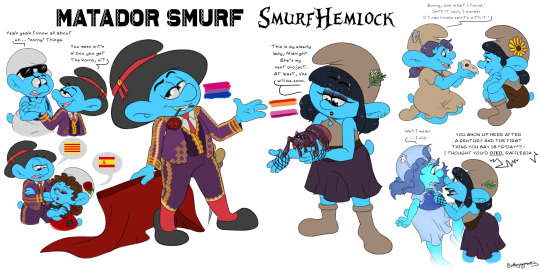
I've been holding onto Matador since I got back from Barcelona months ago and here he FINALLY is. And also another newbie!
Matador Smurf:
-Ironically very anti killing. He just wants to show off more than anything. Can usually subdue large or dangerous animals into crashing into walls and stuff quite well but he's a noble heart, will never go for the kill. IS a skilled fencer for other sapient opponents when it's fair. Would fight Don more but Don's a swashbuckling kind of hero whilst Matador sticks to fencing rules and would probably lose in a real swordfight.
-The Barcelonian! From the Catalonia region of Spain. Knows both mainland Spanish and Catalonian but tends to use Catalonian to P off Elena who only knows mainland Spanish … bit of a cultural rivalry there XD
-As bad as Smooth for flirting with everything that moves. Actually that includes Smooth too. It's a flirt off. And by that I mean dating but not. It's similar to Smooth and Slammy, both are wayyy too non committal to settle down but after Smooth's 174758th rejection from Jokey and when Slammy is back to doing his part time dating of the band Smooth can usually be found crawling back to Matador
SmurfHemlock:
-Born SmurfSunflower (Sunny) was a shy kid who disliked the other typical grove activities like archery and dance. Thought she didn't really fit in with anyone and would usually just be found down by the swamp poking stuff with sticks. She had one friend tho, a friend she thought was just as weird. SmurfRafflesia was obsessed with the undead and paranormal, and through her admiration of her, Sunflower came to enjoy these things too, finding beauty in death and wanting to preserve it somehow.
-Teenage Sunflower takes on a goth not-phase and changes her name to Hemlock (Sunflower was so … preppy!) and begins to study the art of taxidermy. Still regarded as one of the black sheeps of the grove but she minds it much less now - she kind of revels in the solitude. Begins developing a fairly big crush on Rafflesia before one day … Raff just goes missing out of the blue. It breaks Hemlock's heart and she sinks further into the loner persona. Also some weird demon got out somewhere but Papa and Willow took care of that.
-Lol JK Raff isn't gone forever, she shows up one day as a ghost and claims some Archaeologist from the guy village found her and whoops she's been gone for a century what did she miss haha. Well Hemlock is PISSED. I mean who does that? Esp/ since Rafflesia admits she wasn't even trapped she was just vibing in the mausoleum Archie found her in (Raff and Archie are a bit similar in that way, they're both married to their work and can be a bit self absorbed in it at times)
-Anyway Hemlock's been doing great w/ her taxidermy all this time. She's very careful and only sources natural deaths or kills … but may adopt elderly insects with some ulterior motives. At least she's good to em and they get a very comfortable end of life before becoming art pieces. Go figure. She's made up w/ Raff, it is pretty cool to have a ghost friend after all, and apparently Rafflesia also made some new friends in the village - holy shit is that a talking skeleton?? That's pretty goth.
-Skelly groans internally. Yet more admirers. Will he 'ere be rid of his fans ("Shut up Skelly")
Smooth (c) The Smurfs
Matador, Elena, Rafflesia and Hemlock are mine
#smurfs#the smurfs#mildly suggestive#tag for Smooth LMFAO#BFM oc: Elena#BFM oc: Matador#BFM oc: SmurfRafflesia#BFM oc: SmurfHemlock
41 notes
·
View notes
Text




Fresco of (possibly Hungarian) archer pursued by Italian knight from the Basilica of Aquilieia in Italy, 9th-12th C. CE. The identity of the figures seems to be unknown. Most sources I saw speculate this could be a Hungarian archer being chased by an Italian knight. Others say this is an Arab being chased by a crusader. The crypt was dated to the 9th C. CE, though most sources say this artwork is from the 12th C. CE. The site also has floor mosaics dated to the 4th C. CE.
"942 CE: Spring – A Hungarian army enters Italy, where king Hugh, giving them 10 bushels of gold, persuades them to attack the Islamic Caliphate of Córdoba.
Middle of June – They arrive in Catalonia, plunder the region, then enter the northern territories of the Caliphate of Córdoba.
June 23 – The Hungarians besiege Lérida for 8 days, then attack Cerdaña and Huesca.
June 26 – The Hungarians capture Yahya ibn Muhammad ibn al Tawil, the ruler of Barbastro, and hold him captive 33 days, until he is ransomed.
July – The Hungarians find themselves on desert territory and run out of food and water. They kill their Italian guide and return home."
-taken from Wikipedia
15 notes
·
View notes
Text


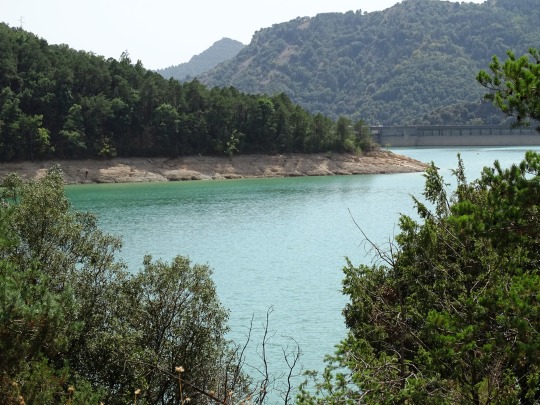




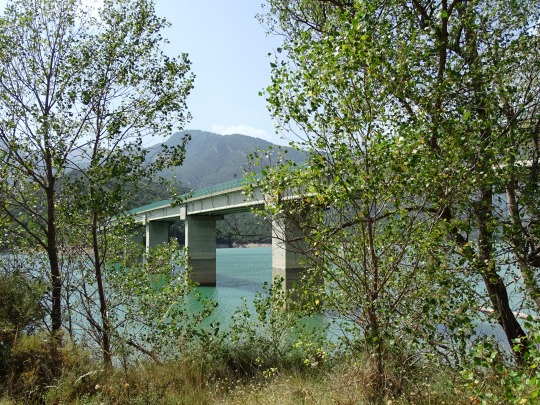
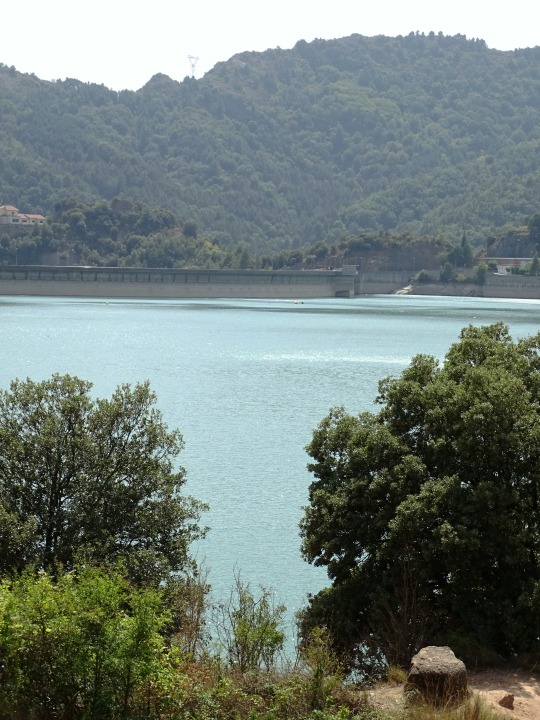
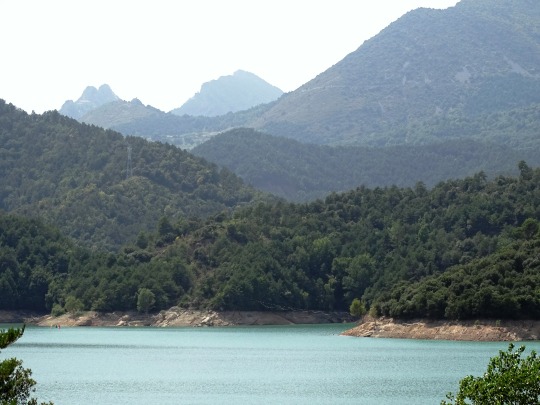
Pantà de la Baells, Spain (No. 1)
The Baells reservoir is a Spanish hydraulic infrastructure located on the Llobregat River, in the Bergadá region, province of Barcelona, Catalonia. It consists of a dam located in the municipality of Serchs. It extends through the terms of Serchs and Vilada, between the pre-Pyrenean mountains of Catllarás, to the east, and Figuerassa and Arades, to the west. To the right of the reservoir runs the C-16 road, between the Cadí tunnel and Berga-Manresa, and is crossed by the C-26, which links Berga and Ripoll.
The aim of the reservoir is to regulate the upper basin of the Llobregat River, supply water to the metropolitan area of Barcelona and produce hydroelectric energy.
Source: Wikipedia
#Pantà de la Baells#Baells Reservoir#lake#travel#original photography#vacation#tourist attraction#landmark#landscape#architecture#countryside#forest#woods#summer 2021#province of Barcelona#Catalonia#España#Southern Europe#Northern Spain#lake shore
21 notes
·
View notes
Note
Hi I had a question regarding a word I saw recently. It was "barca" but I didn't understand what they were talking about
It could be two things, but I'm pretty sure they're talking about Barcelona here
First and probably unlikely - una barca refers to a "small boat" as opposed to un barco "a large boat/ship". To me una barca feels like a rowboat. As in, una barca might be the word you see used for el remo which is "rowing" as in the sport
Secondly - and probably more likely - you're seeing what's meant to be Barça. With the cedilla (ç), Barça is commonly the nickname for Barcelona... rather than "barca" which has the harder C/K sound in English, Barça sounds more like "Barsa" similar to Barcelona
The cedilla is less common in Spanish overall, but much more common in Catalan and Catalonia
Barça is commonly the nickname for Barcelona especially in fútbol / soccer, so if you ever see people talking about Real Madrid y Barça they're talking about a football match between Madrid and Barcelona's teams
Sometimes in informal text like tweets etc, people will write "barca" without the ç because they know what it sounds like and what they're talking about so they don't need to include capitalization or proper official punctuation.
For Americans it would be like if you heard "Philly" instead of "Philadelphia", or "LA" instead of "Los Angeles". Barça is just the nickname for Barcelona, and if you're rooting for Barcelona you'll probably hear fans chanting Barça, Barça, Barça etc.
19 notes
·
View notes
Text
La Sagrada Familia
Basilica in Barcelona, Spain

Sagrada Familia July 2022


The portal of Charity on the Nativity façade, Passion Façade of the Sagrada Família in 2018
The Basílica i Temple Expiatori de la Sagrada Família, otherwise known as Sagrada Família, is a church under construction in the Eixample district of Barcelona, Catalonia, Spain. It is the largest unfinished Catholic church in the world.
Address: C/ de Mallorca, 401, L'Eixample, 08013 Barcelona, Spain
Construction started: March 19, 1882
Opened: November 7, 2010
Architects: Antoni Gaudí, Francisco de Paula del Villar y Lozano, MORE
Height: 172 m
Style: Gothic Revival and Art Nouveau and Modernista
Capacity: 9,000
Length: 90 m (300 ft)
Phone: +34 932 08 04 14
Groundbreaking: 19 March 1882; 141 years ago
Sagrada Família - Wikipedia
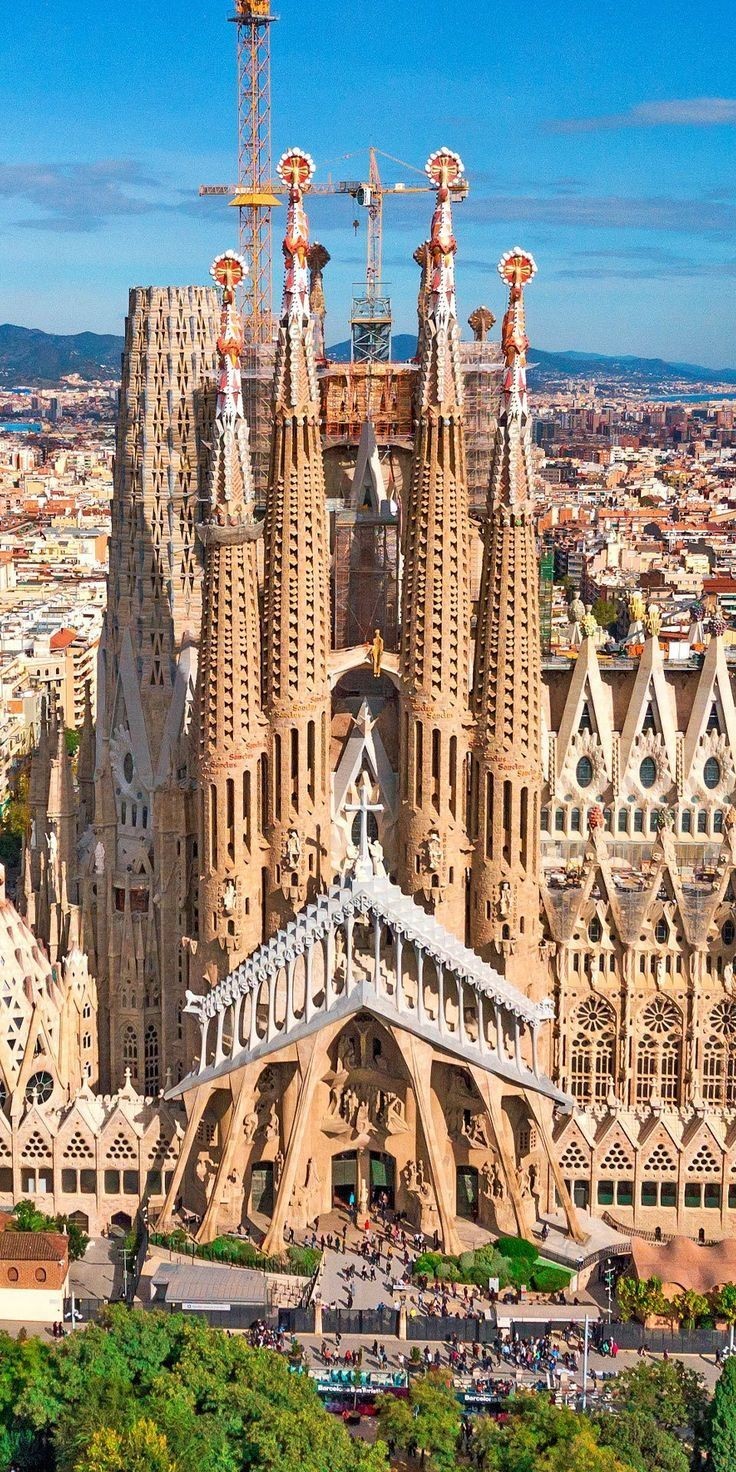
Basilica de "LA SAGRADA FAMILIA" en Barcelona, Cataluña, ESPAÑA
2K notes
·
View notes
Text
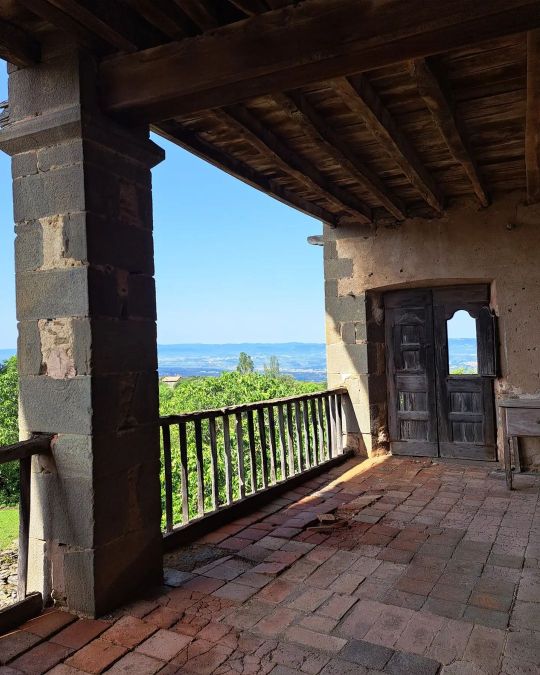
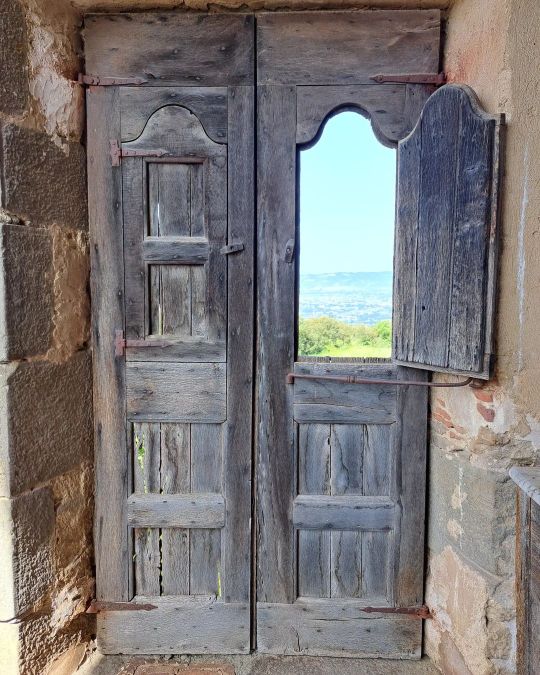
Detail in the gallery (galeria de solana, porched area in the top floor, very common in Catalan architecture since the Middle Ages until c. the 19th century) in a farmhouse in Osona, Central Catalonia.
From the veranda and through the blind (little window in the window), we can see a clear view of all the surrounding countryside.
Photos by Marta Lloret, la caçadora de masies, who documents the cultural heritage of Catalan farmhouses on her Instagram and Twitter (posts in the Catalan language).
#osona#catalunya#fotografia#arquitectura#masia#farmhouse#catalonia#travel#rural#ruralcore#countryside#traditional architecture#europe#wanderlust#travel photography#southern europe#windows#earth#places#cultures
104 notes
·
View notes
Text
19. "T Love" – Ausiàs March (c. 15th century) – Spain (Catalonia)
Love, you are my prison, 爱,你是我的监狱, My torment and my delight. 我的折磨和我的喜悦。 You bind me with chains of desire, 你用欲望的锁链束缚我, And hold me captive day and night. 日夜将我囚禁。
0 notes